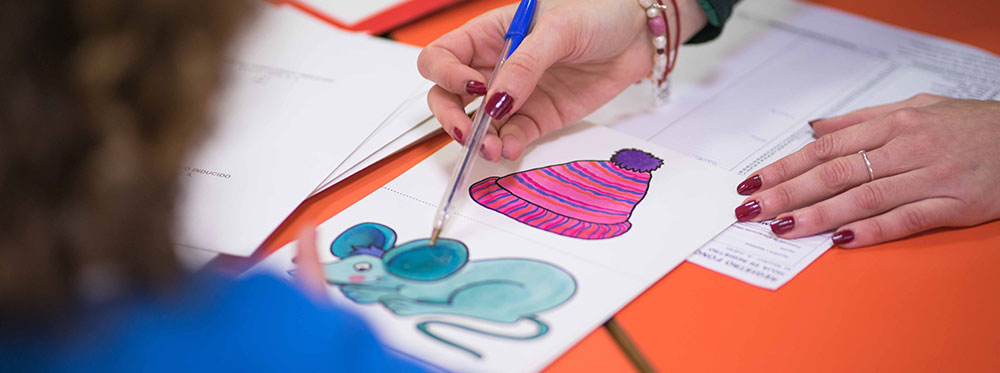In today’s increasingly diverse society, fostering an inclusive classroom environment is more important than ever. Inclusion in education refers to creating a setting where every learner—regardless of ability, background, or identity—feels valued, supported, and empowered to succeed. Inclusion is not limited to students with diagnosed special educational needs; it extends to all learners with diverse learning styles, cultural identities, languages, and socioeconomic circumstances.
Understanding Inclusive Education
Inclusive education means adapting teaching methods, environments, and curricula so that all students have equitable access to learning opportunities. Each student brings unique perspectives and needs to the classroom. Effective inclusion recognizes this individuality and uses it as a foundation for meaningful learning and mutual growth.
Strategies to Support Inclusion in the Classroom
Creating an inclusive classroom requires a comprehensive, responsive approach that includes a range of strategies designed to meet students where they are. Here are several commonly used and evidence-based methods:
- Universal Design for Learning (UDL): A flexible framework that promotes teaching methods and materials adaptable to a broad range of learners.
- Differentiated Instruction: Tailoring content, process, and products to accommodate students’ readiness levels, interests, and learning profiles.
- Collaborative Planning: Involving teachers, specialists, and families in developing personalized learning plans when needed.
- Inclusive Assessment Practices: Adjusting assessment formats, timing, or settings to support accessibility while maintaining academic integrity.
Responding to Diverse Learning Needs
When students experience challenges that require additional support, schools can implement a tiered system of intervention:
- General classroom adaptations: Reinforcement activities, scaffolding, or extended learning time.
- Targeted support: Short-term small group or one-on-one instruction addressing specific gaps or challenges.
- Specialized interventions: Based on formal evaluations, these may include speech therapy, counseling, or assistive technology.
Support plans should be evidence-based, flexible, and regularly reviewed to reflect student progress and evolving needs.
Supporting Multilingual and International Students
In schools with linguistically diverse student populations, inclusion often involves providing language acquisition support. Strategies may include:
- Language immersion or bilingual programs
- Dedicated language support classes or tutors
- Multilingual learning materials and peer support systems
Helping students feel confident in their language skills improves engagement, academic performance, and social interaction.
Inclusion for Students with Exceptionalities
Some students may have specific diagnoses that require individual education plans (IEPs) or similar accommodations. Common areas of support include:
- Learning differences (e.g., dyslexia, ADHD)
- Speech and language difficulties
- Neurodivergence (e.g., autism spectrum conditions)
- Emotional and mental health considerations
- Giftedness and high learning potential
Inclusive teaching ensures that students with both challenges and exceptional talents are given the tools and opportunities to thrive.
Benefits of Inclusion for All Learners
An inclusive classroom doesn’t just benefit students with additional needs—it enriches the learning experience for everyone. Research and classroom experience show that inclusive environments:
- Encourage empathy and social development
- Improve collaboration and peer relationships
- Promote creativity through diverse perspectives
- Build self-confidence and belonging
- Help prevent bullying and promote a culture of respect
- Prepare students to be responsible, culturally aware global citizens
Conclusion
Inclusion in education is not a fixed goal but a continuous process that involves listening, adapting, and growing together. Whether in a traditional classroom, an international school, or an online setting, educators and school communities must remain committed to building environments where every student has a voice, every learner is seen, and every individual can succeed.
